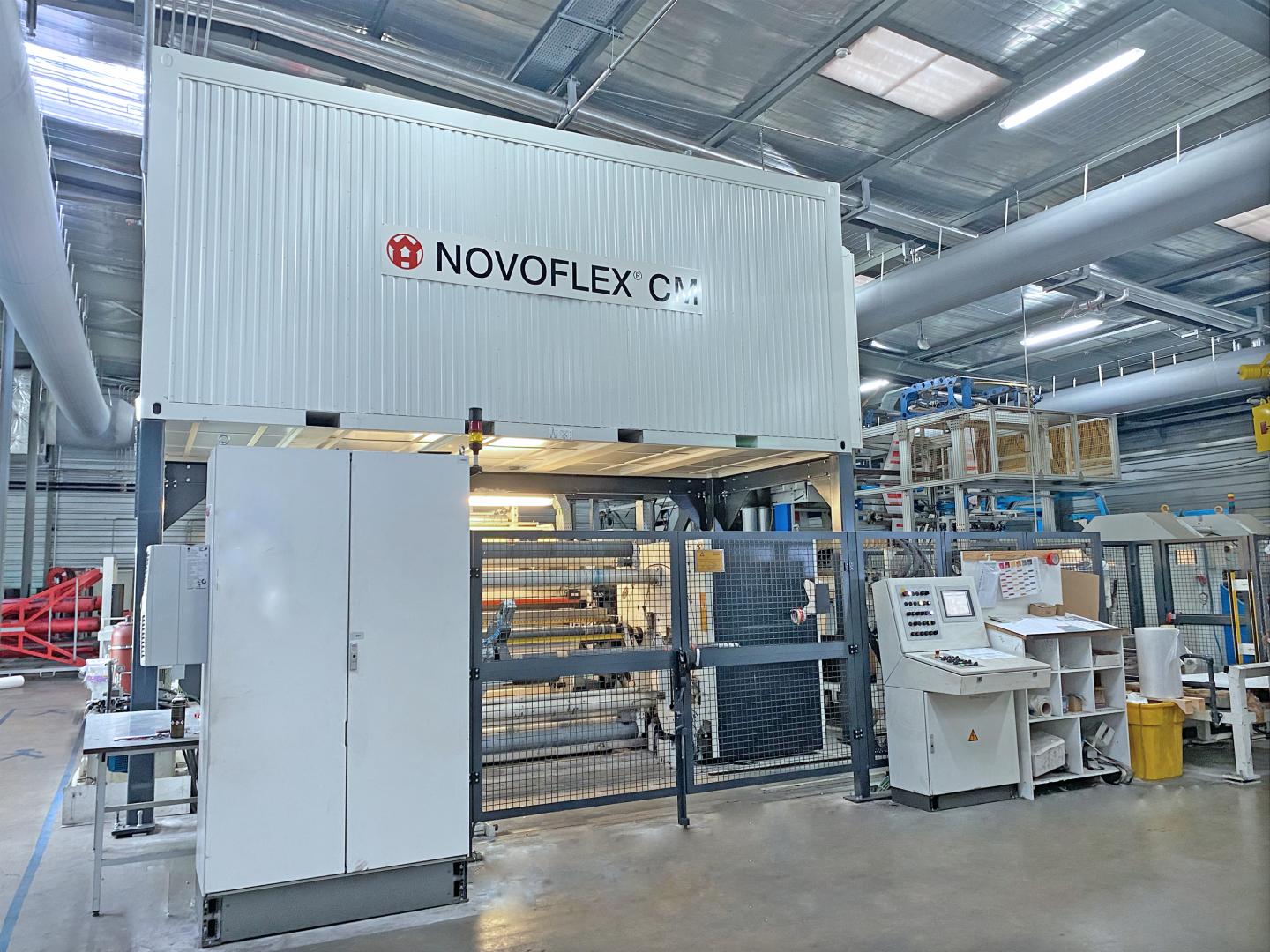Metallic Might: Industrial Metal Packaging Solutions Redefined
Wiki Article
Effective Industrial Recycling Solutions for Sustainable Product Packaging: A Comprehensive Overview
In today's progressively environmentally-conscious world, the need for lasting packaging remedies has never ever been greater. To meet this demand, businesses throughout sectors are actively looking for reliable commercial recycling services. Navigating the complicated landscape of lasting packaging can be challenging without a thorough overview. That's where this thorough guide on efficient commercial recycling remedies for sustainable product packaging comes in. By exploring key areas such as packaging material selection, developing for recyclability, carrying out reusing facilities, working together with recycling partners, and tracking and measuring reusing success, this overview will furnish you with the expertise and tools required to make informed decisions and drive positive adjustment within your organization. Whether you're a product packaging professional, sustainability manager, or merely interested in the topic, this guide will give valuable understandings and strategies to help you browse the world of sustainable product packaging.Packaging Material Choice
The option of packaging products plays an essential function in making sure the sustainability of commercial reusing solutions. When it concerns sustainable packaging, the option of materials is type in decreasing environmental impact and maximizing recycling efficiency. Selecting the ideal materials can help lower waste generation, conserve sources, and promote a circular economic situation.Products like cardboard, paper, glass, and specific kinds of plastics can be reused numerous times without losing their quality. On the various other hand, products that are difficult to reuse, such as blended plastics or non-recyclable composites, can create difficulties for the reusing process and might end up in burners or landfills.
One more factor to consider is the usage of biodegradable and eco-friendly materials. Packaging made from eco-friendly sources, such as plant-based plastics or biopolymers, can help lower dependency on fossil gas and mitigate climate adjustment. Additionally, biodegradable products break down normally in time, lowering the accumulation of waste in garbage dumps.
Furthermore, the weight and volume of packaging materials need to be minimized to reduce transport costs and energy intake. Light-weight products not only require fewer resources throughout production yet also add to lower carbon emissions during transportation.
Designing for Recyclability
Product packaging developers ought to prioritize the use of materials that are extensively approved for recycling and have developed recycling facilities. Materials such as glass, light weight aluminum, and particular kinds of plastic, like Animal and HDPE, are typically recycled and need to be liked over materials that are expensive or difficult to recycle.An additional critical consideration in making for recyclability is the removal of unneeded components or products. By decreasing the variety of layers, layers, and additional parts, product packaging can be made easier and simpler to reuse. Additionally, designers need to aim to reduce making use of mixed products, as they can make complex the reusing process.

Implementing Recycling Framework
Effective execution of recycling infrastructure is crucial for the success of commercial recycling options. Without correct framework in position, the reusing procedure becomes inefficient and ineffective, impeding the overall objective of sustainable product packaging.To carry out recycling facilities successfully, several essential variables need to be taken into consideration. First of all, there must be a well-organized collection system that promotes the splitting up and collection of recyclable materials. This can include designated recycling containers in public rooms, as well as partnerships with waste administration companies for curbside pick-up and sorting.
As soon as accumulated, the recyclable products require to be carried to reusing facilities in a timely fashion. This requires efficient logistics and transportation networks, guaranteeing that the products get to the suitable centers immediately.
At the recycling facilities, advanced sorting and processing modern technologies should be in location to separate different kinds of products successfully. This includes using automated sorting equipments, optical scanners, and manual sorting methods.
Additionally, there should be a durable market demand for recycled materials. This can be accomplished via collaborations with manufacturers and markets that use recycled materials in their manufacturing important site processes. Developing a stable market for recycled materials incentivizes the reusing industry and advertises the round economy.
Teaming Up With Recycling Allies

One secret facet of collaborating with reusing companions is the establishment of clear communication channels. It is essential to develop open lines of communication to promote the exchange of details, updates, and feedback. This enables both events to remain informed regarding the development of recycling initiatives and deal with any kind of difficulties or issues that might occur.
In addition, partnership can entail joint initiatives in creating and executing reusing programs. Recycling partners can offer beneficial understandings and assistance in developing effective collection systems and figuring out one of the most appropriate recycling modern technologies. By interacting, organizations and reusing companions can maximize the reusing process and lessen waste.
Moreover, partnership can extend beyond the functional aspects of reusing. It can also include advocacy and education initiatives. By signing up with forces, companies and reusing partners can increase recognition regarding the value of reusing and promote the adoption of sustainable product packaging methods among customers and various other stakeholders.
Tracking and Measuring Recycling Success
To make certain the efficiency of commercial recycling options and the success of lasting product packaging objectives, it is vital for services and their recycling partners to establish a thorough system for monitoring and gauging reusing success (industrial packaging solutions). Determining and tracking recycling success permits companies to evaluate the influence of their recycling initiatives, identify locations for enhancement, and set significant targets for future progressOne method to track reusing success is via using data collection and evaluation tools. By collecting data on the quantity of product packaging waste generated, the portion of waste that is reused, and the types of products being recycled, companies can obtain valuable understandings right into their reusing performance. This information can after that be assessed to recognize fads, patterns, and areas of ineffectiveness.
Another vital element of tracking and measuring recycling success is developing standardized and clear metrics. This enables services to compare their discover this efficiency against sector criteria and track their development in time. Metrics such as reusing prices, waste diversion rates, and greenhouse gas exhausts can supply a measurable measure of a company's recycling success.

Verdict
Finally, implementing effective industrial recycling options for sustainable packaging calls for careful consideration of packaging material selection, creating for recyclability, executing recycling facilities, collaborating with recycling partners, and tracking and gauging reusing success. By integrating these methods, companies can add to a much more sustainable and environmentally-friendly strategy to packaging, decreasing waste and advertising the circular economic situation.By checking out essential areas such as product packaging material selection, creating for recyclability, carrying out recycling facilities, teaming up with recycling companions, and tracking and measuring reusing success, this overview will equip you with the knowledge and tools needed to make informed decisions and drive favorable modification within your company. Product packaging developers need to focus on the usage of materials that are extensively approved for recycling and have actually established reusing frameworks.Collaboration with recycling companions is vital for the successful execution of commercial recycling services and the achievement of sustainable product packaging objectives. By joining pressures, businesses and recycling companions can elevate recognition concerning the significance of recycling and advertise the fostering of sustainable packaging methods amongst consumers and various other stakeholders.
By gathering data on the quantity of packaging waste produced, the percent of waste that is recycled, and the types of products being recycled, businesses can get valuable insights into their reusing efficiency.
Report this wiki page